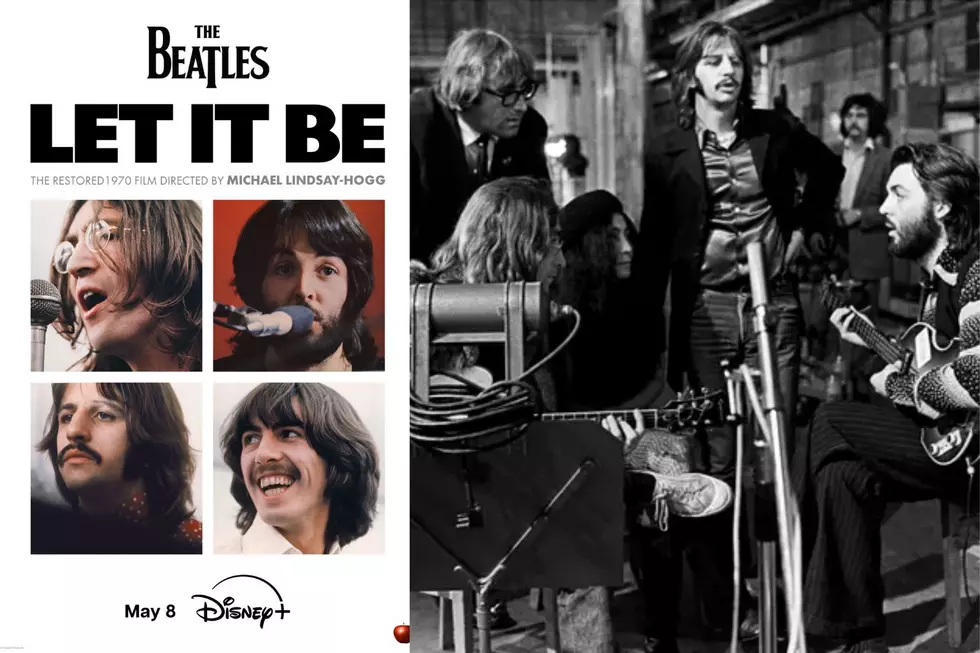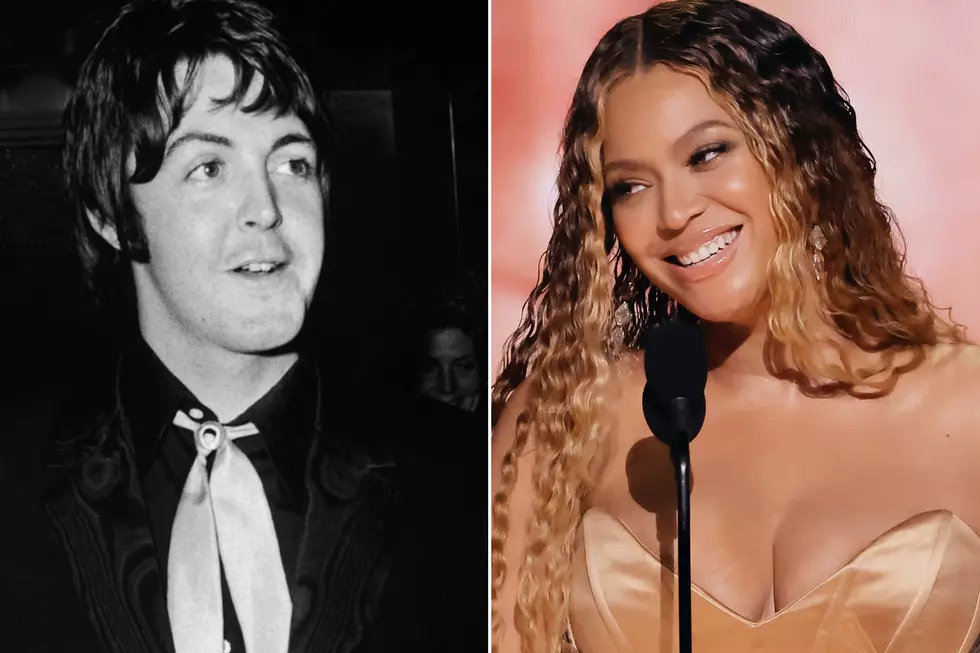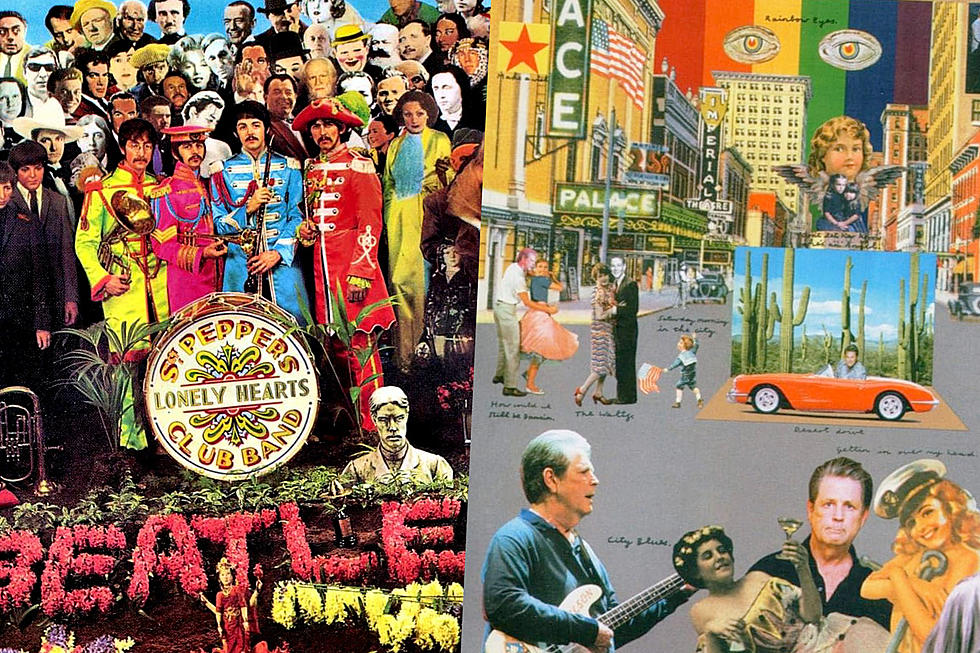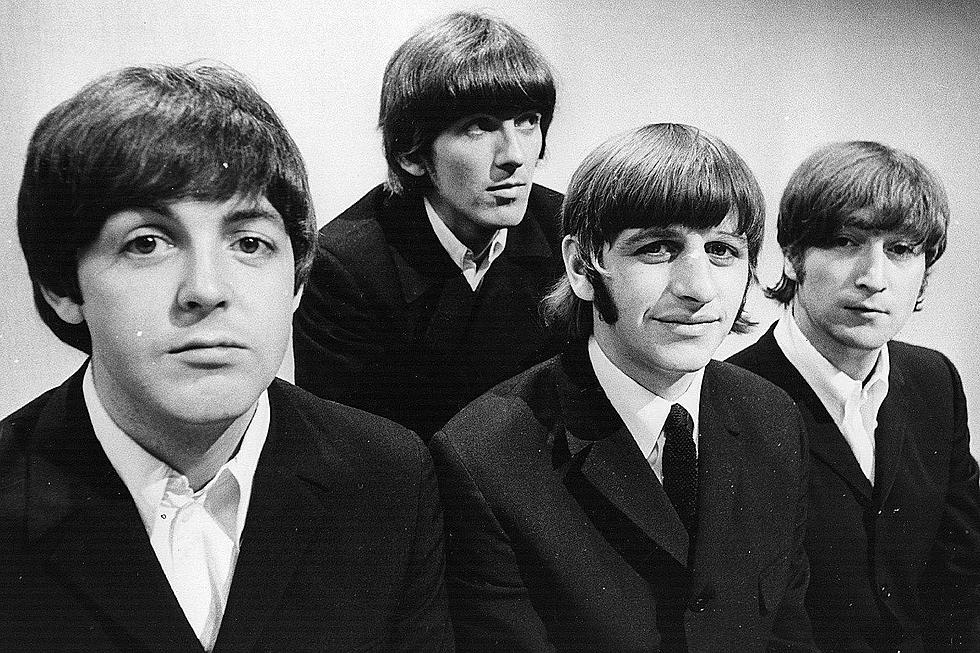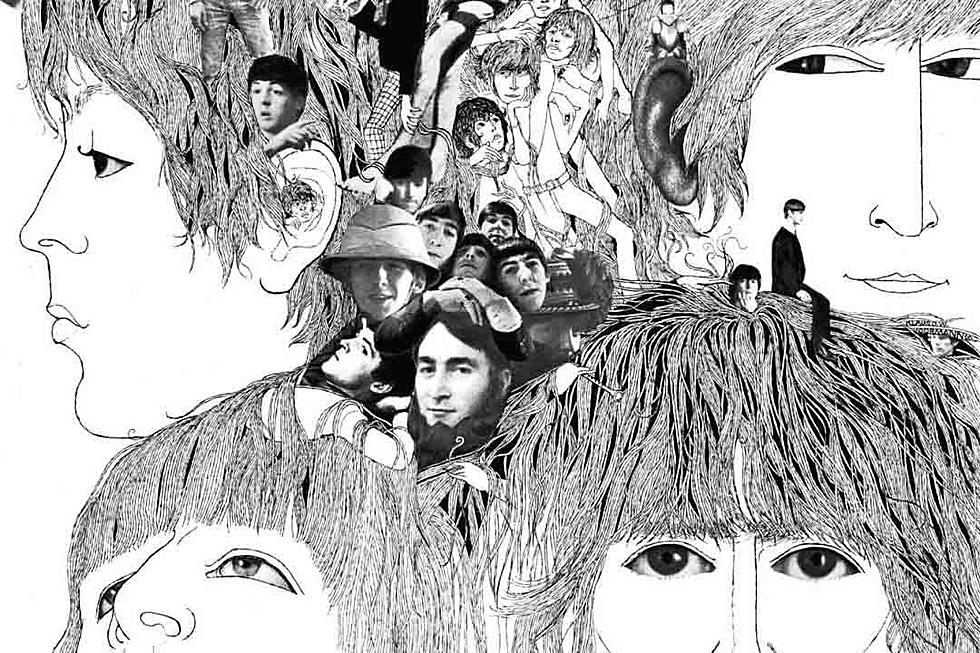
How the Beatles Revolutionized Popular Music, Again, With ‘Revolver’
Rubber Soul is given most of the credit as the Beatles' turning point from mop-topped pop stars to 20th century innovators and artists. But Revolver – released eight months later, on Aug. 5, 1966 – is where they abandoned any preconceived notions about the group and all the expectations that came with them. (The U.S. version of the album, which omitted a few tracks, was released three days later.)
Could anyone have guessed that the group that sang "She Loves You" just three years earlier would be capable of a mind-warping song like "Tomorrow Never Knows"? The Beatles finally grew up on Revolver.
There were signs before, on Help! and Rubber Soul, particularly, but nothing like this. Everything that came out after Revolver was somehow shaped and formed by the Beatles' seventh LP. As far as historic records go, it may be the '60s' most important album for any number of reasons.
After almost three straight years of nonstop recording/touring/repeat – a period that yielded six albums, dozens of singles and countless concerts where the group could hardly hear itself perform – the Beatles were on the verge of their last tour. (After one final run of the U.S., they played their last official show on Aug. 29, 1966, at San Francisco's Candlestick Park.) Beatlemania had run them down. Plus, they had a more adventurous path to travel.
They had started experimenting with studio tricks going back to the guitar feedback that introduces 1964's "I Feel Fine." But by the time they started to record Revolver in April 1966 with producer George Martin at London's EMI Studios, they were ready to take their experiments even further.
The album's 14 tracks – as well as the "Paperback Writer"/"Rain" single recorded at the sessions but released earlier in May – all head straight into this brave new direction. It's the first rock album that was really put together as an entire piece. Frank Sinatra had been exploring the concept for more than a decade, but most pop and rock artists were still in the mindset that singles guided sales, and LPs were afterthoughts in the marketplace.
From George Harrison's opening count-in to "Taxman" (at an unrelated tempo from the song itself) to the concluding "Tomorrow Never Knows" (which boasts equal amounts of chaos and control), Revolver is the sound of music leaping into the future.
Other artists played around sparingly with production tricks before, but the Beatles dive in head first here. And they emerge with a piece of pop-music history that altered the course of how records were made from then on. (They reportedly spent more than 300 hours putting the album together.)
Listen to the Beatles Perform 'Tomorrow Never Knows'
All the pieces fit together: "Taxman," "Eleanor Rigby," "Here, There and Everywhere," "Yellow Submarine," "Good Day Sunshine," "Got to Get You Into My Life." Even Harrison's "Love You To," his second sitar-based song, following Rubber Soul's "Norwegian Wood (This Bird Has Flown)," slips into the record with little effort (unlike Sgt. Pepper's Lonely Hearts Club Band's worldly "Within You Without You," which always seemed out of place among that album's paisley-colored nostalgia).
Through it all, the Beatles test the limits of what they could do in the studio. From the chamber-suite strings that adorn Paul McCartney's art-pop "Eleanor Rigby" to John Lennon's three-minute sonic LSD trip "Tomorrow Never Knows," Revolver was all about adjusting those old boundaries – both inside the studio and outside of it (it was around this time that the group began experimenting with drugs, psychedelic as well as other types).
From backward masking and stream-of-conscious lyrics to tape loops and double-tracking, the studio was just as much a crucial part to the album's mastery as the four Beatles themselves. The idea was to add as many new sounds and instruments to the mix as possible, while making sure that all of the old sounds and instruments appeared brand new. Engineer Geoff Emerick has even pointed out that every song was tested out frontward and backward, just to see which was preferred.
They'd take this concept to more out-there places over the next couple years – from here on out, every Beatles album included some form of post-production manipulation, even the relatively live Let It Be – but Revolver is the moment it all comes together. Harrison once referred to the album as Rubber Soul's second part, but it's much more than that. It's a revolution in sound that split the decade in half.
If Sgt. Pepper is the Beatles LP that certified pop as art, and Rubber Soul is the one that turned the corner on the group's career and, therefore, the '60s in general, Revolver is the center on which both classic records (and so many more) spins. Even its celebrated cover art changed the way album sleeves were perceived.
More so than any of their other albums, Revolver is the one that sounds less like an artifact and more like a benchmark – not just for the rest of the '60s, but, moving forward, rock music in general. The '60s pretty much start here. It's the sound of the future in 35 revolutionary minutes.
Rejected Original Titles of 30 Classic Albums
Why the Beatles Hated One of Their Own LPs
More From Ultimate Classic Rock
